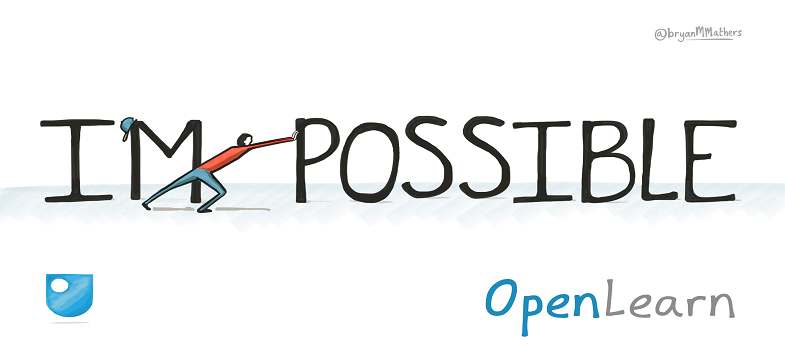5.2 Structure
Do not underestimate the importance of the structure of your course.
Structure is especially important for open online courses. On OpenLearn, approximately two-thirds of the learners on our free online courses arrive via a search engine, rather than a direct link to the first page of the course. This means that they can come in to the course on any web page or section. Therefore, it is important that when the learner arrives on this page not only are they excited by the specific content on that page but they can also see where it fits into the course as a whole. If learners arrive on a page which only contains one line of text, perhaps they will feel uninspired to explore the rest of the course.

Introductions and summaries are vital to the learner’s understanding of the course and its content. Consistent use of structural elements such as introductions, summaries and conclusions, especially in a multi-authored course, will improve its coherence. Furthermore, it is useful to communicate clearly what you course is aiming to do, so that learners can read it with the right frame of reference.
Use headings to aid navigation through the course. Thinking about your headings and subheadings while in the early drafting stages will help you to write the final course. Creating a list of contents will help you to assess the structure of your materials.
Example of a clear internal structure: What is strategy? [Tip: hold Ctrl and click a link to open it in a new tab. (Hide tip)]
This illustrates a course which has two main study blocks, each consisting of a number of different sub-sections. The headings contain useful titles which give a good indication of the content and are not too long so are not distracting.
If you are producing a course in distinct sections, for example weekly units, learners may find it useful for there to be some consistency across these. For example, consistent use of structural elements, such as introductions, summaries and conclusions, especially in a multi-authored course, will improve its coherence. Furthermore, try and make these sections of equal length. For example, the Open University’s badged open courses are structured so that each weekly section is three hours long.
Example of a consistent overall structure: Introducing the voluntary sector
Each week begins with an Introduction, which includes a video, ends with a summary and is of roughly equal length.
Consistent use of audio and video (a-v) is also useful. Why don’t you start each weekly section with an introductory video presented by the author or authors of the course?
Example of consistent use of a-v: Returning to STEM
Each week begins with a video presented by a person relevant to the course’s content.
You will look at audio and video in more detail at the end of this session of the course.
5.1 Early planning: learning design activities
